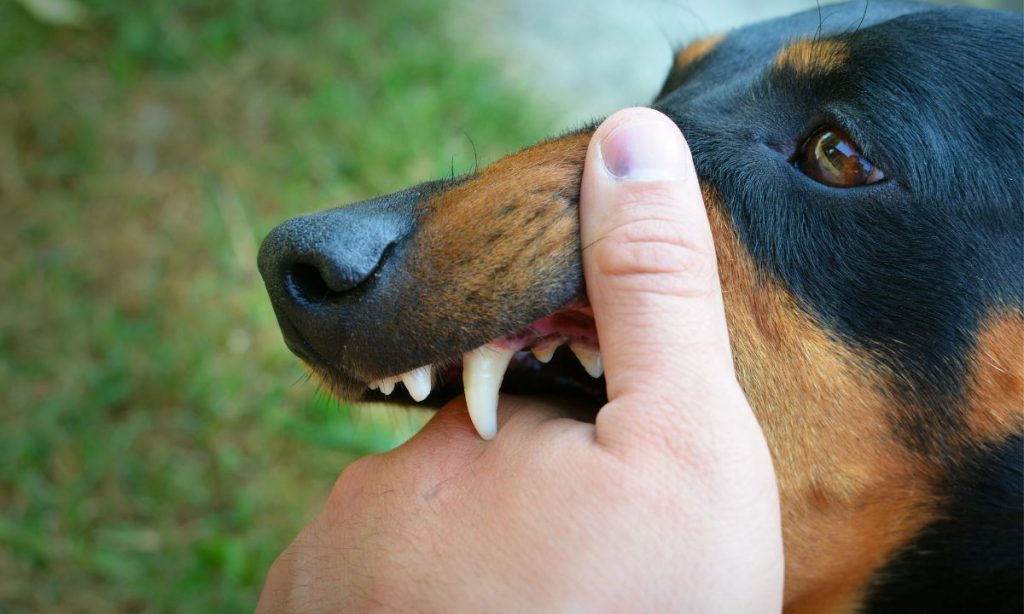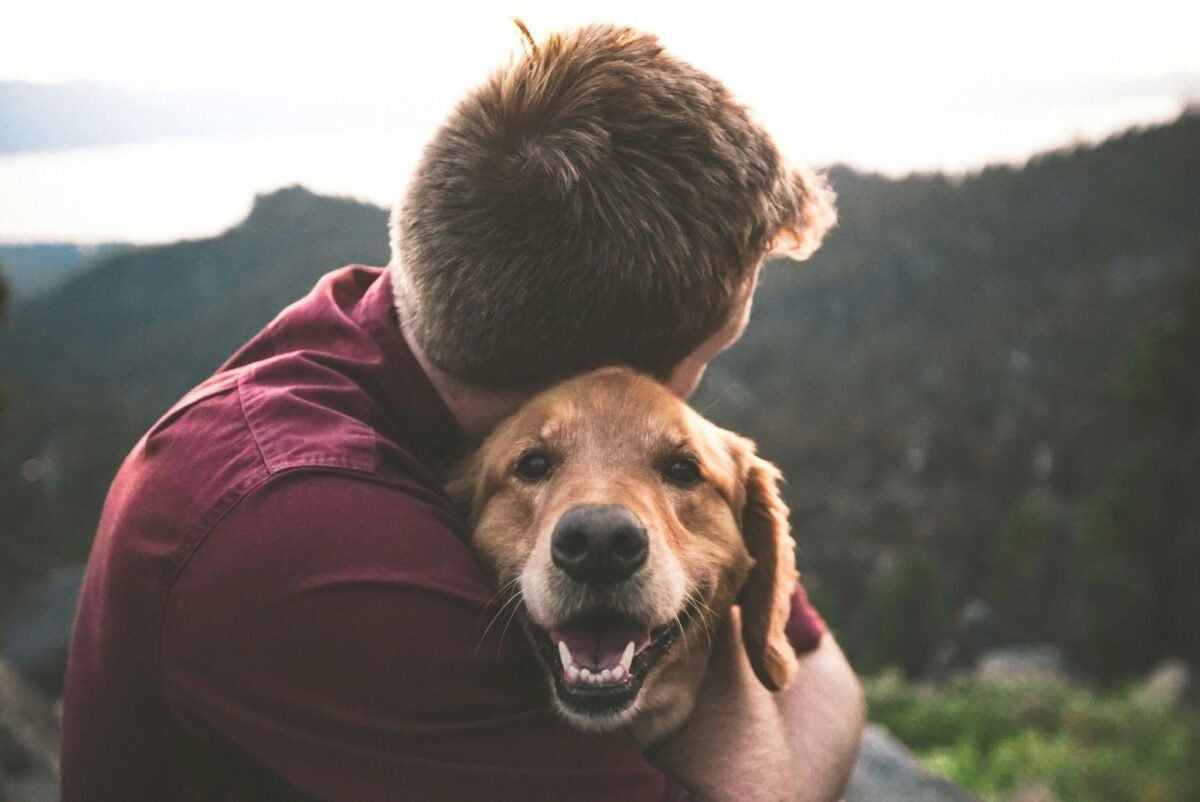Last Updated on May 5, 2024 by Dogs Vets
When you drive with your pet, it’s essential to manage risks and ensure you comply with legal requirements. Unsecured pets can cause distractions by barking or moving around, potentially leading to fines or more severe penalties based on your state’s laws.
Employing appropriate restraints such as harnesses, crates, or carriers that suit your pet’s size and comfort is crucial for safety. Besides adhering to laws, taking these precautions helps prevent accidents and lowers your pet’s anxiety during car rides.
To make trips less stressful for both you and your pet, it’s beneficial to gradually familiarize them with the car environment.
Understanding and implementing the right methods for securing and comforting your pet can significantly enhance your journeys together. If an accident occurs, consulting an auto accident attorney in Albuquerque can provide you with the necessary legal assistance and guidance.
Understanding Pet-Related Distractions
When driving, pets can cause significant distractions if they’re not properly secured. You’ve likely noticed how pet anxiety can alter your pet’s behavior dramatically while on the road.
The whining, pacing, and sometimes even aggressive behaviors aren’t just signs of discomfort; they’re potential hazards that can divert your attention away from the road at critical moments.
Pet anxiety often triggers these behavioral responses. The unfamiliar motion of the car, the confinement of a moving space, or the absence of a routine environment can lead to heightened stress in your pet. These reactions can vary widely, from barking or clawing at the carrier, to urinating or vomiting due to distress. Each of these responses can require your immediate attention, pulling your focus from driving safely.
To mitigate these risks, it’s crucial to familiarize your pet with the vehicle environment gradually. Start with short, pleasant drives, and ensure they’re secure in a well-ventilated carrier or with a vehicle-specific pet restraint.
This not only helps in reducing their anxiety but also minimizes the behavioral issues that arise from stress, ensuring both your safety and that of your furry friend.
Legal Consequences of Unrestrained Pets
Driving with an unrestrained pet not only poses safety risks but often leads to legal consequences as well. States vary in their regulations, but you’ll find that many have strict laws against transporting pets without proper restraint.
Non-compliance can result in fines or, in some cases, more severe pet penalties. For example, if an unrestrained pet causes an accident, you might face hefty fines, and in extreme situations, charges like reckless endangerment.
Furthermore, the presence of an unrestrained pet in the car can impact your driver’s license status. Traffic officers may interpret this as negligence or distracted driving, which could lead to points on your license.
Accumulating points can eventually lead to increased insurance rates or even suspension of your driving privileges. It’s crucial to understand the specific stipulations in your locality to avoid these potential legal pitfalls.
It’s worth noting that these regulations aren’t just bureaucratic red tape. They’re designed to protect you, your pet, and other road users.
Ignoring these laws not only puts everyone at risk but also exposes you to potential legal battles and financial strain from pet penalties and license impacts. Stay informed and compliant to avoid these unnecessary complications.
Choosing the Right Restraints
When you’re on the road with your pet, selecting the right restraints is crucial for their safety and yours.
You’ll need to consider various types of pet restraints, each with unique safety features.
Understanding how to properly install these restraints can ensure a safe and smooth journey for everyone involved.
Types of Pet Restraints
Several types of pet restraints are available to ensure your pet’s safety while traveling in a vehicle. Choosing the right one can make a big difference in managing pet anxiety and ensuring comfort adjustments during the journey.
Harnesses are a popular choice; they secure around your pet’s body and attach directly to the seatbelt.
Crates, another option, provide a contained space, which can help reduce anxiety for some pets by creating a safe haven.
For smaller pets, carriers that can be secured with a seatbelt are ideal. They allow slight movements without compromising safety, which is crucial for comfort. Always make sure that the restraint you choose allows for necessary mobility and doesn’t increase anxiety for your pet.
Restraint Safety Features
After selecting the type of pet restraint, focus on its safety features to ensure it’s the best fit for your pet’s needs. Look for products that have undergone rigorous crash testing to verify their effectiveness in protecting your pet during a collision.
Manufacturers often use human analogs in these tests, utilizing crash test dummies modeled after different pet sizes and weights. This approach helps in assessing how well the restraint can shield your pet from harm. You’ll want a restraint that not only fits securely but also aligns with these safety standards.
Check for certification labels and read through test results if they’re available, ensuring the restraint you choose is truly up to the task.
Installing Pet Restraints
Ensure you correctly install your pet’s restraint by following the manufacturer’s instructions to maximize safety. Choosing the right restraint involves considering seat positioning and your pet’s ventilation needs.
You’ll want to position the restraint in a spot where your pet can’t distract you while driving, yet can still be comfortable. Typically, the back seat is the safest spot. Make sure there’s ample airflow to prevent overheating, especially on longer trips.
Harnesses, crates, and barriers are popular options, each with unique installation methods. A harness should be snug, yet comfortable, clipping into your vehicle’s seatbelt system. Crates should be stable, not wobbling or sliding during movement. Always double-check fittings before heading out to ensure everything’s secure.
Training Pets for Car Travel
Training your pet for car travel can significantly enhance safety and comfort for both you and your furry companion.
To begin, it’s vital to address pet anxiety, which can be a significant issue during car rides. Start by introducing your pet to your vehicle while it’s parked. Let them sit inside with you, giving treats and comfort to create positive associations. Gradually, start taking short drives around your neighborhood, slowly increasing the duration as they become more comfortable.
Developing a consistent travel schedule helps in reducing stress for your pet. If they know what to expect and when to expect it, they’re less likely to feel anxious. Try to travel at similar times during the day when you do take trips, especially in the beginning stages of training.
As you prepare for longer journeys, remember to include plenty of breaks for exercise and bathroom needs. This not only helps to manage anxiety but also keeps your pet physically comfortable. Always ensure they have access to water and a comfortable spot to rest during the ride.
With patience and consistent training, your pet will soon be ready to join you on all your road adventures safely and happily.
Emergency Planning and First Aid
While preparing your pet for car travel improves safety, it’s also important to plan for emergencies and know basic first aid. You should always have a pet first aid kit in your car. This kit should include items specifically for pet emergencies, such as tweezers for removing ticks, bandages that stick to themselves but not fur, and saline solution for flushing wounds.
Recognize the signs of pet allergies, which can unexpectedly flare up during travel. Symptoms may include excessive scratching, skin redness, or sudden sneezing. If your pet has known allergies, carry any prescribed medications and be ready to administer them if needed.
Always have a list of emergency contacts with you, including your vet, a 24-hour emergency animal hospital along the route, and a poison control center that handles pet cases. It’s wise to also have a mobile app for pet emergencies that includes step-by-step first aid instructions and GPS-based listings for nearby veterinary clinics.
In case of an accident or sudden illness, knowing how to handle basic emergencies can prevent further injuries and provide your pet with the best chance of recovery until professional help is available. Always remain calm and act swiftly to keep your pet safe and secure.
Insurance and Liability Considerations
Often, pet owners overlook the importance of securing proper insurance and understanding liability when traveling with their animals. It’s crucial to know how your existing car insurance policy interacts with incidents involving your pets.
Typically, personal auto insurance doesn’t cover injuries to your pets in an accident unless you’ve specifically added coverage for them. This addition can protect you from high vet bills resulting from a collision.
You should also be aware of your liability in case your pet causes an accident. If your unrestrained dog distracts you leading to a crash, you could be held responsible for damages and injuries to others. This is where liability coverage becomes essential. Ensure your policy includes sufficient liability coverage that accounts for such scenarios.
Moreover, delve into the details of your insurance policy to understand coverage limits and policy exclusions. Some policies may have specific exclusions that won’t cover damages if pets are found to contribute to the accident.
Knowing these details helps you decide if you need to adjust your coverage or even shop for a new policy that better fits your needs as a pet owner driving with your furry friend.
Frequently Asked Questions
Can Pets Sit in the Front Seat During Travel?
You shouldn’t let your pets sit in the front seat due to airbag activation risks. Always use seatbelt adaptations for their safety when they’re traveling in the car with you.
Are There Pet-Friendly Car Models Recommended?
Yes, there are car models recommended for traveling with pets that feature vehicle modifications and pet harness compatibility, making them ideal for ensuring your furry friends are safe and comfortable on the road.
How Often Should Pets Take Breaks on Long Trips?
You should let your pets take breaks every 2-3 hours on long trips to ensure their comfort and hydration. Frequent stops are crucial for their well-being and to prevent stress and dehydration.
What Are Common Signs of Travel Anxiety in Pets?
You’ll notice common signs of travel anxiety in pets through behavioral changes like excessive panting, whining, or shaking. These are anxiety triggers indicating your pet’s discomfort while traveling. Keep an eye out for them.
Is It Safe to Open Windows When Pets Are in the Car?
You should keep the windows only slightly open when pets are in the car to ensure window safety. Always use pet restraints to prevent them from sticking their heads out or escaping.
Conclusion
You’ve seen how crucial it’s to manage pet-related distractions and the legal stakes of unrestrained pets. Choosing the right restraints isn’t just about compliance; it’s about safety.
Train your pet for car travel to make every journey stress-free. Always have an emergency plan and a first aid kit tailored for your furry friend.
Don’t overlook the importance of insurance; it protects you financially and ensures peace of mind. Safe travels start with you and your pet’s well-being in mind.

















